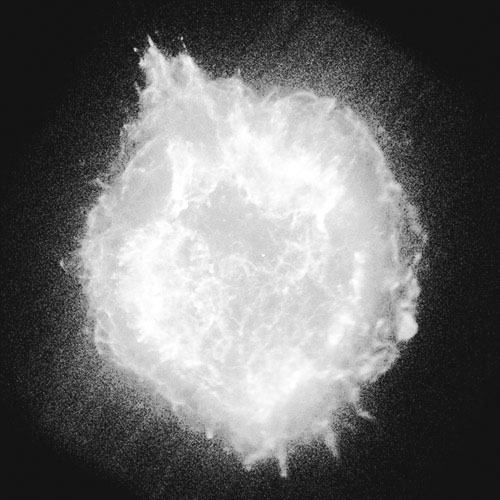If I told you that you could fill the air around you with a mood enhancing electrical charge, that would benefit your performance and increase your recovery time, you could be forgiven for thinking that I only have a few marbles rolling around upstairs and I wouldnִ blame you at all if you made a swift call to the men in white coats and asked them to come and take me away.
But, if you hold that thought, put the phone down and open your mind just a little, you may begin to see that there could be some truth to the argument that electrically charged molecules (or ions) can have an effect on human behaviour and dramatically alter your overall performance, not just in your sporting and fitness activities, but also in everyday life.
Everywhere you look there are positive and negative ions.
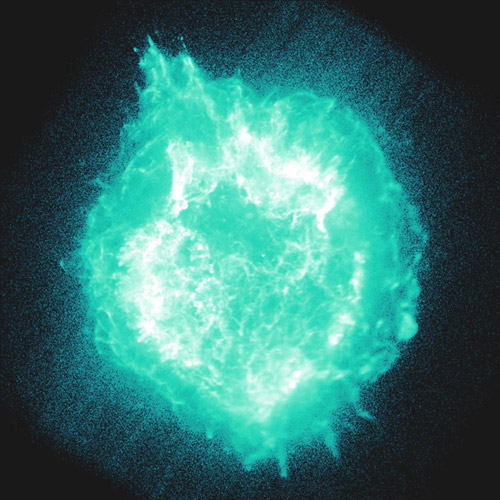
Even now, as you sit at your computer or hold on to your media device, they are milling around, apparently minding their own business, invisible to the naked eye and in the grand scheme of things, not doing much at all.
However, studies by brainy boffins in darkened laboratories suggest that, far from just being there in abundance and having no real purpose in life, they are highly significant molecular magicians and can have a multitude of effects on human behaviour, mind-set and performance.
Now, before you start to panic and think that I am going all science crazy, relax, you donִ need a PhD in biochemistry to be able to understand what ions are about and how they work. Chances are you will have heard about them before at your local health food shop or have already been subjected to their disadvantages and benefits without even knowing about it.
So whether you are a firm believer in the effects of negative ion producing materials and have used them to good effect in the past, or you are a naysayer that is adamant that the process simply doesnִ work or even exist, I did some digging around to give you a little more of an insight into the history and viability of negative ion therapy.
So letֳ begin.
Firstly.
What is an ion?
An ion is an atom, or a group of atoms with a net electrical charge. They are formed when protons or electrons are gained or lost by an atom. A simple ion is made up of only one atom that has either a negative (anions) or a positive (cations) charge.
Put simply, ions are atoms or molecules in which the number of protons is different to the number of electrons. Because they are either positively or negatively charged, ions are always mobile and are moving around us all the time.
Still confused? Me too! Maybe this infographic will helpʜn
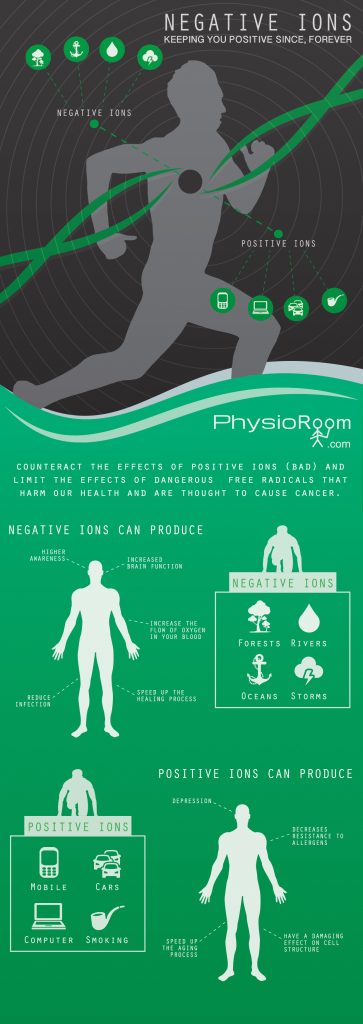
Now then, for the sake of this discussion (and to save us from getting bogged down in the complicated chemistry of it all), letֳ just say that positive ions are bad and negative ions are good. That may sound like something of an oxymoron, but with ions itֳ obvious that we have to think outside the box from time to time.
Where are negative ions found?
Everywhere!
Negative ions tend to be at their most abundant in nature and will always outweigh positive ions in the great outdoors. For example, the sea, rivers, waterfalls and thunderstorms all create ions that are negatively charged. To this end, the presence of negative ions has even been used to identify if there is water and even life on other planets and celestial bodies out in space.
Waterfalls and electrical storms are by far and away the most prolific producers of negative ions in the natural world, but in all honesty do you have enough time in your day to go lying under waterfalls or chasing thunderstorms across the countryside just to soak up negative ions?
Me neither.
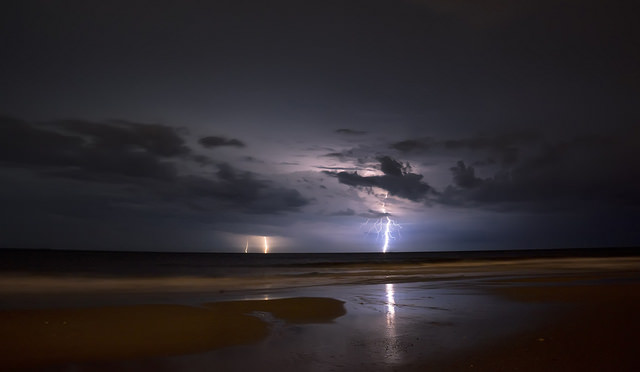
Plants (particularly ferns) are also good at producing this molecular gold, especially when exposed to direct and intense sunlight during photosynthesis, but, short of living in a greenhouse or spending three days a week circuit training in your local garden centre, you are unlikely to ever be in a situation long enough to actually notice the benefits there either.
The best thing to do, if you want to absorb some negative ions without hanging around B&Q or putting your life at risk in the eye of a storm, is to simply take a shower, go for a walk by the sea or consider investing in a bio-mat or try out many of the negative ion bracelets on the market, like the Trion:Z Acti Loop.

The effects of taking a shower are akin to standing next to a waterfall (though perhaps not as idyllic). As the water hits your skin the atoms will gain electrons and the surrounding air will become negatively charged. This is a good thing and why you ALWAYS feel better after a shower. Admit it, when was the last time you got out of the shower and didnִ feel 100% better?
There are also some minerals and precious stones that have a high natural output of negative ions.
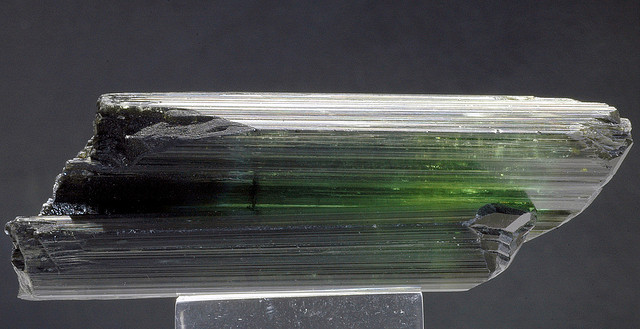
Tourmaline, or մhe electric stoneՠas it is sometimes called, is a semi-precious gemstone that carries a constant electrical charge. Japanese scientists have discovered that no matter how much you grind or crush Tourmaline, it will never lose its charge and that enables it to produce the negative ions in the many therapeutic bands and accessories currently on the market.
Hugely popular in the golfing and cricketing world, negative ion bands are worn by the likes of record-breaking England bowler James Anderson and leading golfers Matteo Manassero and Edoardo Molinari, all of whom have attributed their successes, not only to their stunning respective talents, but also to the benefits of negative ion therapy.
Whereֳ the evidence that negative ions work?
Though it may sound a little far-fetched to the average sporting fanatic, the use of negative ion producing materials and technology has been in and around international sports contests for the best part of 50 years or more.
Studies conducted by the Soviet Union, shortly after the end of World War II, included the use of negative ion ozone generators. The training of boxers, swimmers, hockey players and track and field athletes was conducted in the presence of these generators as part of the Soviet policy to become the dominant force in international sports.
They succeeded. Winning their first international ice hockey tournament in 1958, just five years after being introduced to the game, was just the beginning of a two decade stretch of dominance that ended when the USA team defeated them in Lake Placid, NY during the 1980 Winter Olympics.
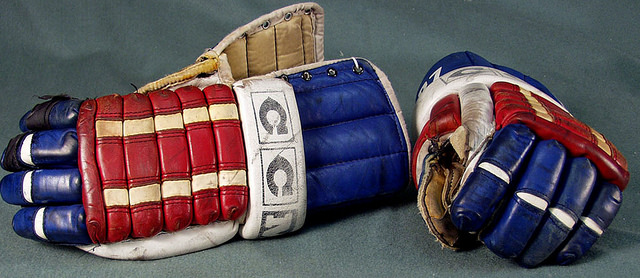
Now considered to be a seminal moment in US sporting history, there is some evidence to suggest that the key to the ‘Miracle on Ice’ lay with the US Olympic committee who, it has been alleged, were complicit in using positive ions against the Soviet hockey team in a bid to disrupt their training and unduly affect their preparation before and during the tournament.
Housed throughout the competition in a converted prison, the Soviet team and their coaches made the complaint that they were regularly suffering from headaches, dizziness and fatigue, all of which are symptoms of a positive ion overdose.
With that in mind, it is perfectly feasible to suggest that if the USA used positive ions against the Soviets (thereֳ a joke in there somewhere about an թonՠcurtain), it’s just as likely that they used negative ions on themselves in the hope that they would gain an advantage and win the competition.
The International Olympic Committee (IOC) has long known about the use of negative ions in the training of athletes and has never objected to it. It could be argued that they perceive it as a mythological placebo that doesnִ really work or, as a natural process, there is little they can do to police the use of something that is already out there in nature anyway.
But it is now readily accepted (rightly or wrongly) across the sporting world that negative ions do have a part to play in the way training is conducted and in how quickly or slowly athletes recover from their exertions.
But what are they actually doing to me?
Well, the first thing to bear in mind is what they are NOT doing to you.
Positive ions or free radicals are proven to have a detrimental effect on your well-being and studies have suggested that prolonged exposure to them can lead to an increased respiration rate and a lowering of your resistance to airborne allergens; both of which are no good if you want to remain fit and healthy and perform at your optimum level.
Positive ions are believed to contribute to physical deterioration and are harmful to your emotional well-being. It is also thought that they can damage cell structure and play a big role in the aging process, even causing some forms of cancer.
In contrast, when we are exposed to negative ions we experience an increase in brain activity, which translates to a higher level of awareness and studies have suggested they will actually produce a calming effect in 95% of the population.
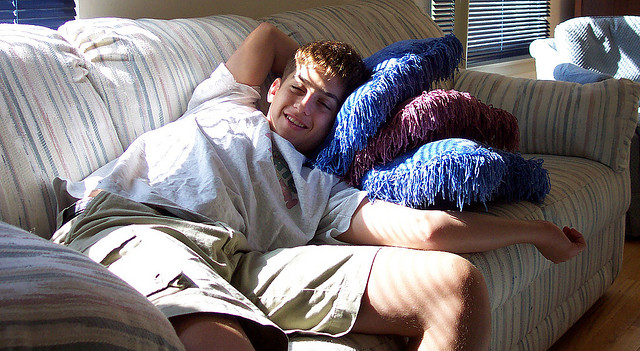
Exposure to them has been seen to provide relief from hay fever, migraine and post-operative pains and, in certain tests, infection has been reduced and the healing process markedly accelerated.
Negatively charged ions in your body are essential in sustaining your health and well-being and help to increase the flow of oxygen in your blood; resulting in a higher level of mental and physical energy and, in all likelihood, an improvement in your overall performance.
To put it bluntly, negative ions can help to provide you with the perfect foundation for a higher quality training session and a sustained assault on your personal best times Рand they are not a banned substance or an illegal training aid!
So even though you canִ see them, taste them, smell them or touch them, they are there and with a little faith and determination (something that all sportsmen and women know is just as important as talent), you will see and feel, but maybe not taste the benefits in no time.
So have a little faith, pull back the թon curtain’ and let some negative ions into your life.
I told you there was a joke in there somewhere.


